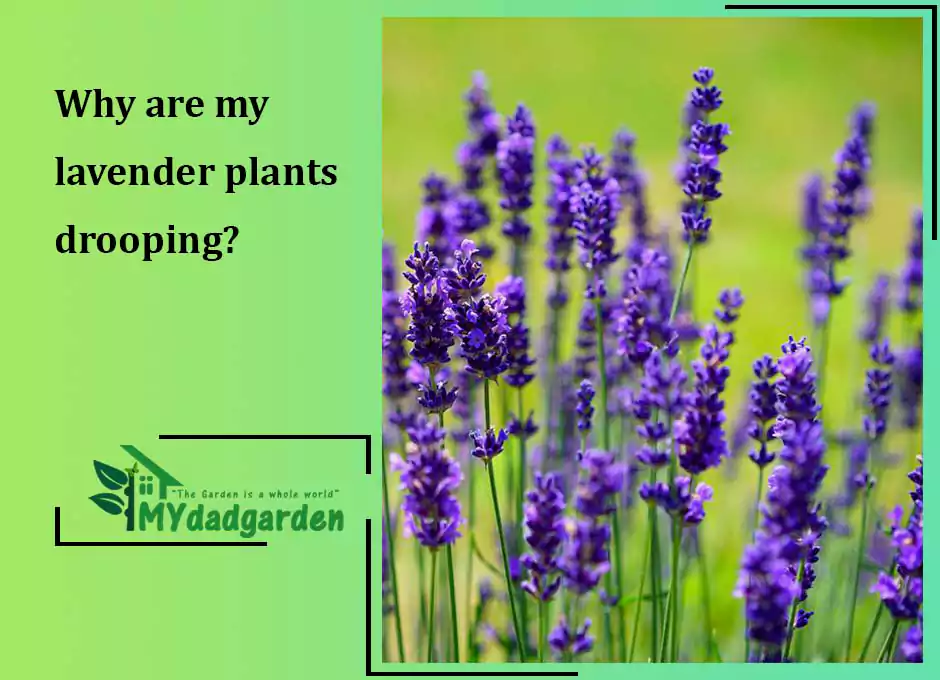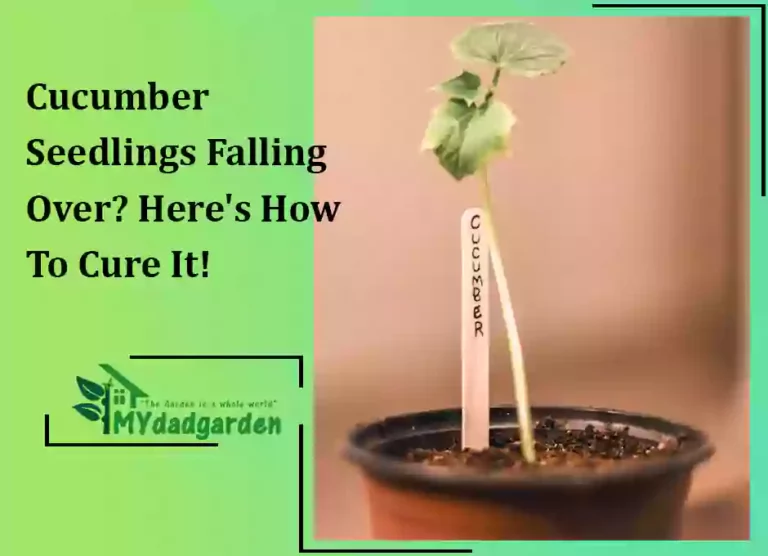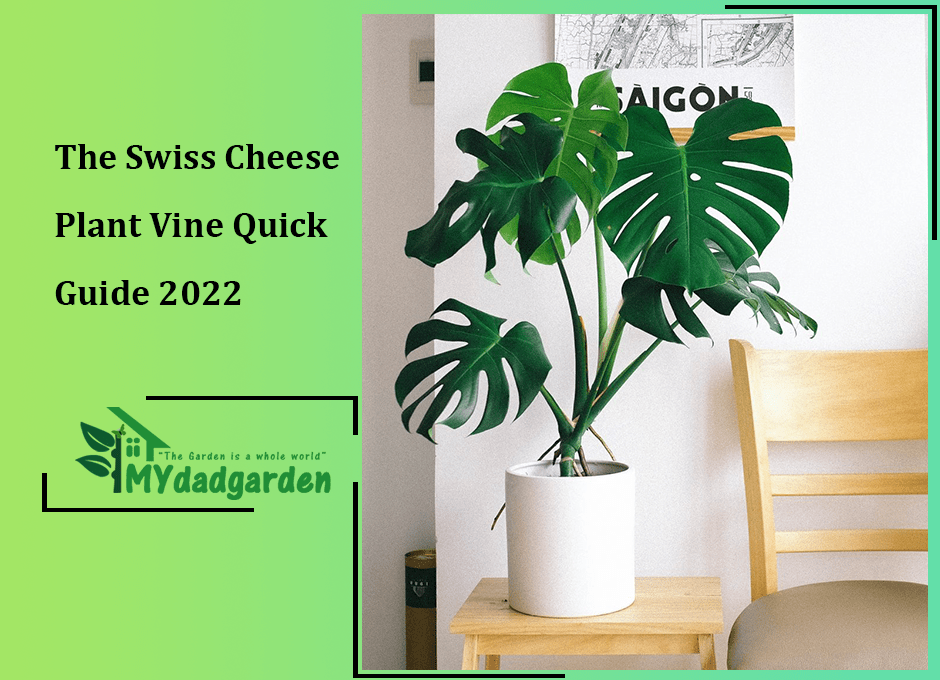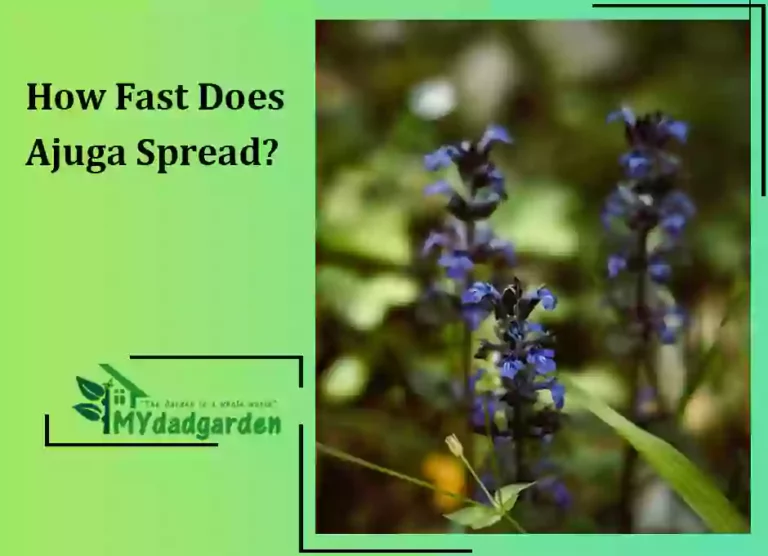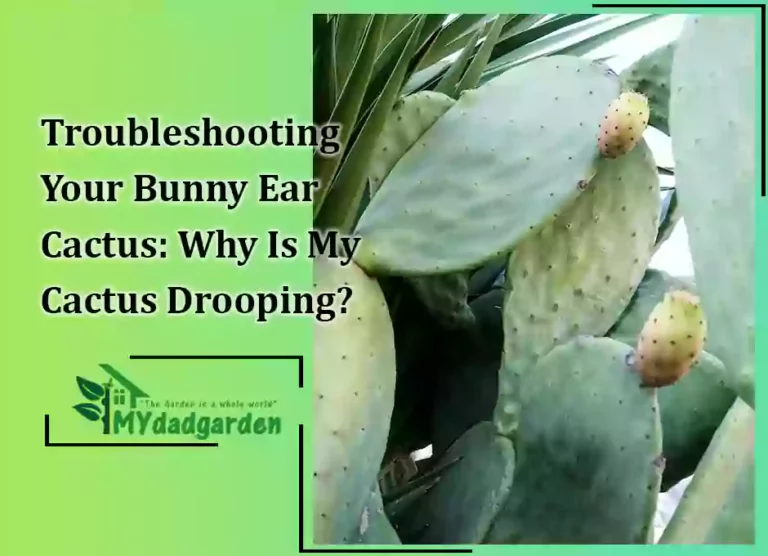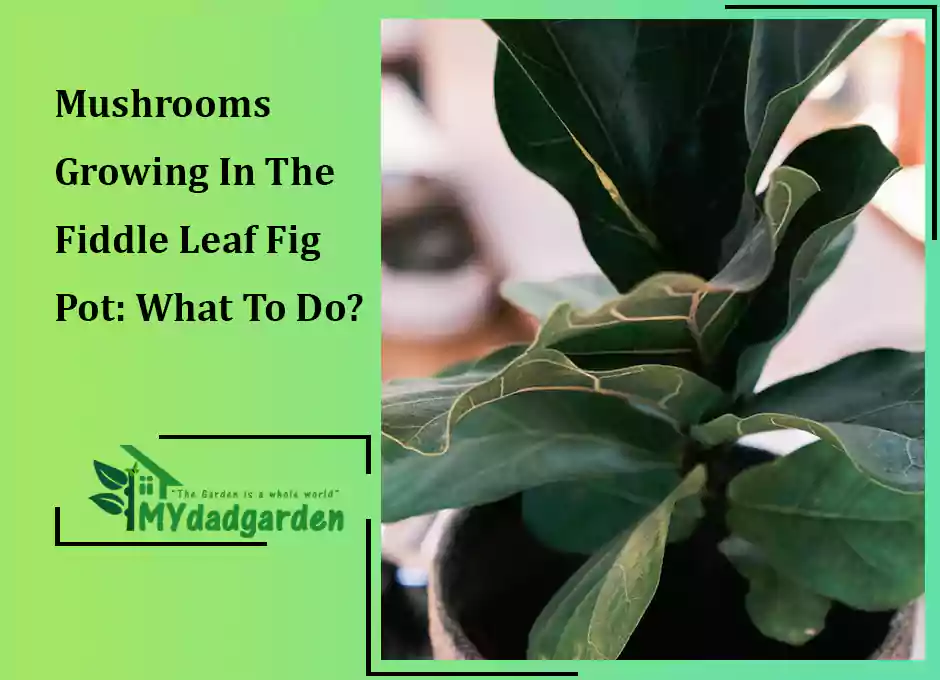Why are my lavender plants drooping?
Lavender is a wonderful plant to have on hand, whether in the garden or in pots. You can use it in cooking, make sachets, or leave it where it grows to scent the air.
But what happens when it starts to falter? Learn more about caring for lavender plants and how to handle drooping lavender plants by reading on.

Table of Contents
Possible Causes Of Lavender Plant Drooping
1. Soil Problems
Over-nourishment of the soil
It’s time to reduce your fertilizer usage if you’re using too much for your soil. Keep in mind that too much nutrient-rich soil can make lavender wilt. Nutrient-rich soil is not necessary for lavender plants. Over-fertilized soil can stunt development and cause your plant to droop. Maintain low to moderate soil nutrition levels.
Overwatered soil
Lavender that has been overwatered frequently begins to wilt. Lavender plants don’t require a lot of water, and the soil shouldn’t ever be allowed to become damp. In addition to making the lavender droop, it also promotes fungal diseases and root rot.

Soil with poor drainage
Your lavender may wilt if your soil is moist because of poor drainage. Ensure your pot drains water efficiently and avoid soil resembling clay since it holds more moisture.
High acidity in the soil
Your lavender will wilt if your soil has an improper pH level. Alkaline soil with a pH of six to eight is necessary for lavender. Lavender plants may be in danger from acidic soil.

2. Watering Issues
For Lavender plants, both excessive watering and underwatering are harmful. Lavender plants that remain in wet soil are vulnerable to root rot, but those that totally dry out may droop and produce dry, yellow leaves. Either circumstance has the potential to kill your lavender plant.
3. Wrong Lavender for Your Climate
Lavenders are native to the Mediterranean and thrive in full sun conditions, high temperatures throughout the day, and little precipitation. The many hybrids of the Spanish, French, and Italian lavender species are less resistant to cold temperatures and frequent winter frosts, frequently withering over the winter if exposed to these conditions.
The English variety of lavender, however, can grow, produce blooms and scents in considerably colder areas and may even withstand many touches of frost during their winter dormancy, despite still needing full sun. Therefore, you will probably need to replace your lavenders every season if you grow the Spanish, French, and Italian varieties outside in chilly climes.

4. Nutrient Imbalance
Lavenders thrive on soil deficient in nutrients, which adds to their ease of maintenance. Since they bloom best and have the most lovely smell when left alone, they don’t require additional organic materials or fertilizers to thrive. In reality, your plant’s death can be brought on by adding more nutrients to the soil.
5. Pest Infestations
The majority of pests and illnesses don’t harm lavender plants. They are not totally impervious to pests, though. Your lavender plants may suffer from spittlebugs, whiteflies, and aphids.

How To Review A Drooping Lavender Plant?
Give the right amount of water.
After planting, water your plants once or twice a week until they are established. Water mature plants once or twice weekly until harvest, then every two or three weeks after buds emerge. Overwatering is frequently indicated by yellowing foliage. Plants in cooler growing regions might require more winter protection.
Keep them in the sun.
Lavender needs as much light as possible to flourish indoors. It will thrive in a south-facing window or somewhere with at least three to four hours of daily direct sunlight. To ensure normal development and flowering, rotate the pot every week.
Choose the right season for transplantation.
In temperate areas, relocating a lavender plant can be done in the spring or fall, but April is the ideal time in regions with chilly winters. When it’s not too hot outside, lavender accepts transplanting well. Try to choose a cool day for transplanting. Just cool, not freezing cold.

Move the plant to a bigger pot.
Use a Fiskars garden shovel to prepare a hole big enough to fit the lavender plant’s extensive root system before transplanting it. Use a Fiskars transplanter to gently loosen the soil in the pot, then gently knock the plant out of its pot. Plant the roots widely around your garden.
Make soil porous with sand and gravel.
Lavenders appreciate a porous soil structure with a relatively high proportion of coarse sand or gravel because it provides oxygen, allows water to drain efficiently, and gives the roots room to grow. Compacted soil is not conducive to lavender growth.
Alter the pH level of your soil
While some other regularly grown garden plants will prosper in more acidic soil, lavenders cannot absorb nutrients and will perish in more acidic soil than pH 6.5. Lavender can still flourish if your soil pH is between 6.5 and 7.
Do not over-fertilize your soil.
Plants wholly favor nutrient-deficient soil and are lavender. Too much fertilizer may kill lavender or cause it to produce excessive foliage and never blossom.
Lavender droops and turns brown
The fungus root rot is the cause of the browning of lavender plants. Root root, which results in dark stems and foliage that appears to be wilting, is brought on by either high humidity or continuously moist soil surrounding the roots of the lavender plant.
Lavender plant drooping after transplant
After being planted or moved, lavender plants have a tendency to wilt. This is a typical plant response. The plant will require some time to adjust to a change in soil conditions, and while it is undergoing this phase, it will display signs of wilting.
lavender drooping after rain
Between periods of rainfall and watering, the roots prefer to be kept nice and dry. For the untrained eye, overwatered lavenders may appear to be underwatered because of their drooping appearance and potential browning or yellowing of the leaf.

FAQ
Does lavender need full sun?
Although afternoon shade may be appreciated in the hottest climes, lavenders require full sun. Once established, plants are fairly drought resistant, although they flower best if moisture is prevented from drying out.

Does lavender do well in pots?
Due to the good drainage, all lavender plants thrive in pots and containers. However, some varieties of lavender are more adapted to pot growth than others.
Is lavender OK in the shade?
Lavender normally requires a lot of sun exposure and shouldn’t be planted in the shade. However, certain types thrive in shaded areas of the garden.
Previous Article: Can You Plant Potatoes Right After You Cut Them?

